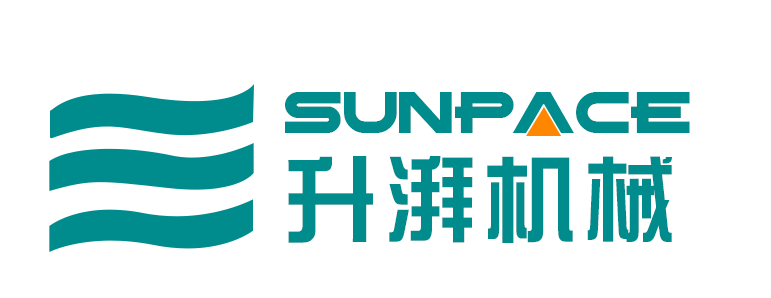Operation and maintenance of Motor and accident treatment
Inspection of motor before starting
- The motor should be clean, no sundries, no leakage, no air leakage and no work.
- There is no abnormal phenomenon in the motor and its control box seat, the housing is well grounded, and the motor lead is negative.
- The mechanical part shall be in good condition and the exposed rotating part shall be fitted with a sound protective cover.
- If the motor outages the specified time or when the motor is dampened, the electrical operator shall determine the insulation resistance of the motor.
- Motor base bolt should not be loosened firmly, bearing oil level is normal.
- Move the mechanical part with the hand, should have no jam, friction phenomenon.
- Check drive Should be normal, for example, transmission belt should not be too tight or too loose, fracture, coupling should be in good condition.
- The relevant parts of the temperature measuring elements show or indicate the normal.
- Cooling device is in good condition, water cooler water source should be put in, and no leakage, pressure, flow normal.
Matters needing attention in starting motor
- ,The unit length and the value length should be notified before starting the starters with hit capacity, and necessary measures should be taken to ensure the motor can start smoothly.
- The starting current of the motor is very large, but with the increase of the motor rotation, the indication of the ammeter shall gradually return below the rated value within a certain period of time, and if the motor cannot be returned within the predetermined time, the motor shall be stopped immediately and the cause shall be ascertained. Restart is not allowed otherwise.
- The whole process from starting to raising speed should be monitored until the number of revolutions is normal. If vibration, abnormal noise, fire and so on occur during startup, the motor should be stopped immediately.
- New commissioning Or after the first start of the motor, should pay attention to the direction of rotation consistency, when the direction of reverse should stop commutation sequence.
Anomaly and accident handling
The fault of three-phase asynchronous motor can be divided into electrical fault and mechanical fault. Electrical faults include various types of switches, buttons, fuses, stator windings, rotor windings and starting equipment. Mechanical faults include bearing, vane housing, coupling, end cover, bearing cover, rotary shaft and so on.
When the motor fails, it is necessary to carefully observe the phenomena, such as the speed and speed of the speed of speed, the temperature change, whether there is abnormal sound and violent vibration, whether the switch and motor windings are in a series of fire smoke and the smell of coke, according to the fault phenomenon, Judge the cause of the fault quickly. The phenomenon of many faults is very similar. It seems that a correct judgment should be made from various phenomena. For example, the unbalanced three-phase current of the motor can be either a problem of the motor itself or a problem in the course of operation (such as voltage asymmetry, air gap imbalance, winding short circuit, wire breakage, inline inversion, wiring error, etc.)
Analysis of Common anomalies and faults of Motor
The reasons why the motor can not start are as follows:
1. the power supply is not turned on.
2.Sator or rotor winding is broken.
3.short circuit between stator windings.
4. grounding of stator winding.
5. wrong connection of stator winding.
6. fuse burning.
7.the current setting of overcurrent relay is small.
8.excessive load or gridlock of transmission machinery.
9.Control equipment wiring error.
